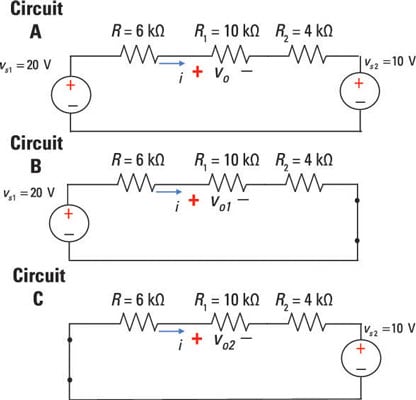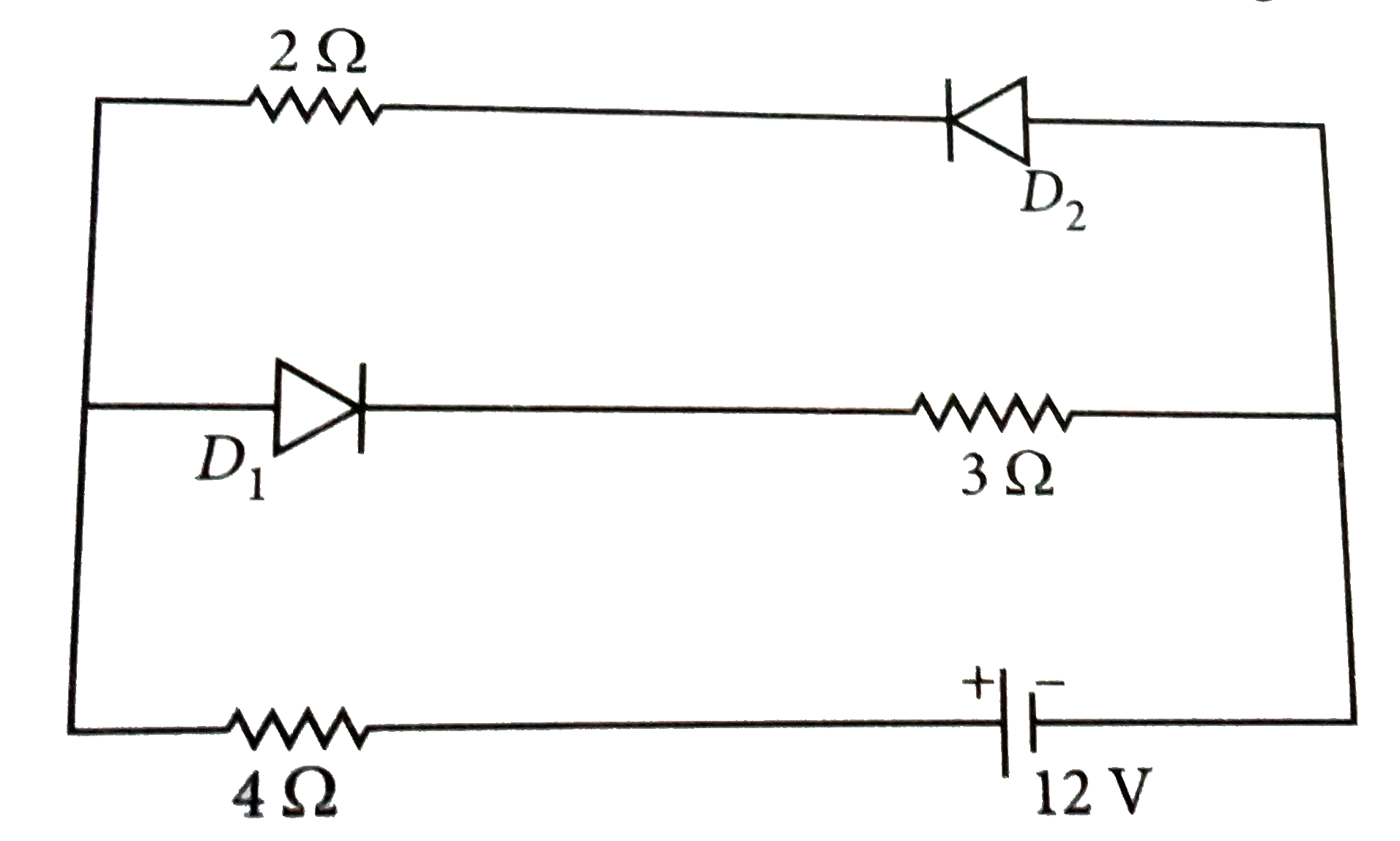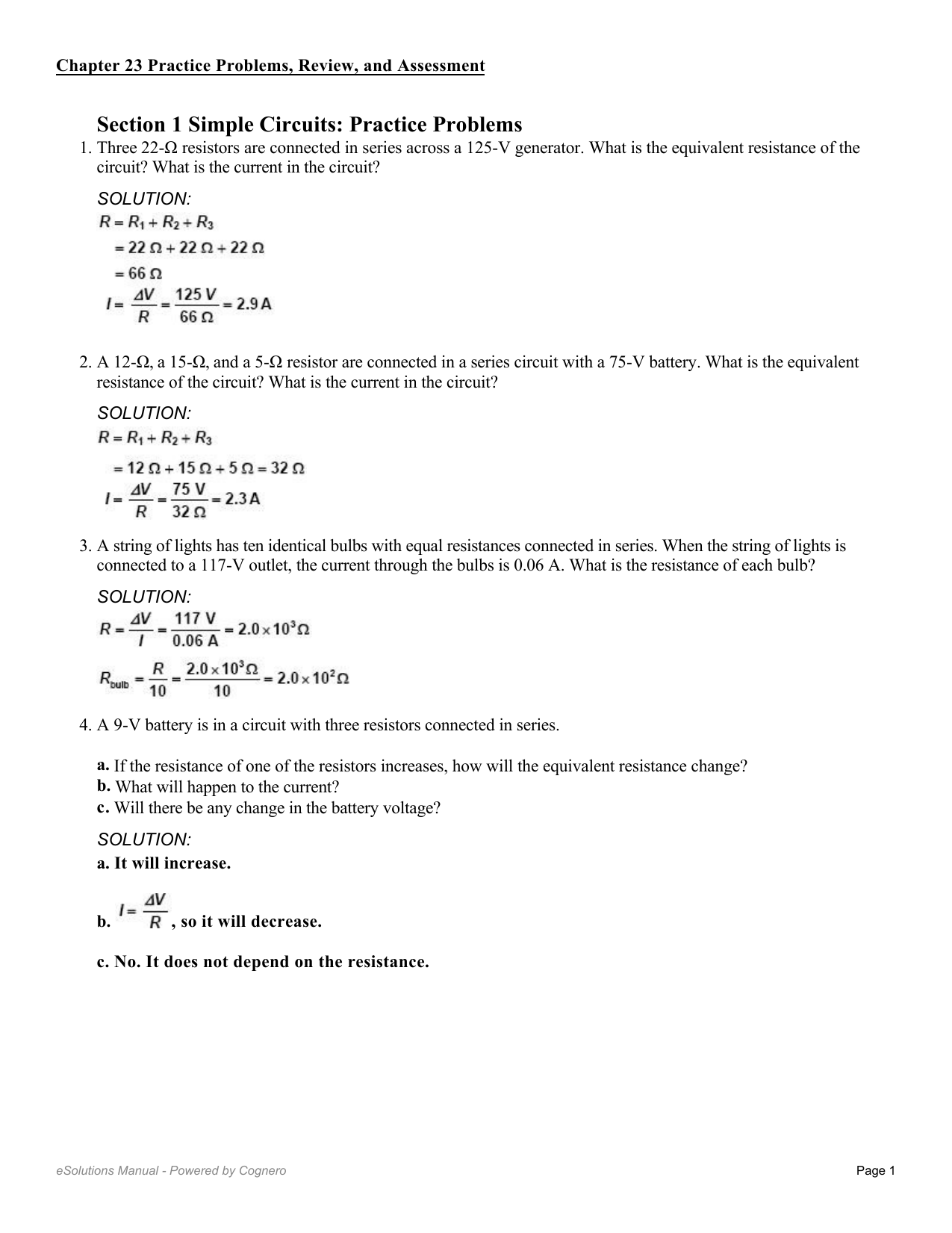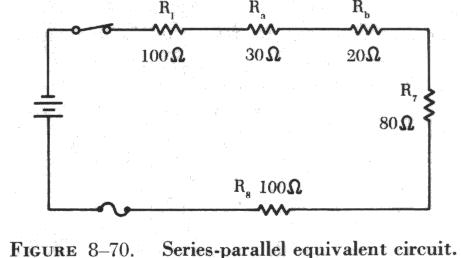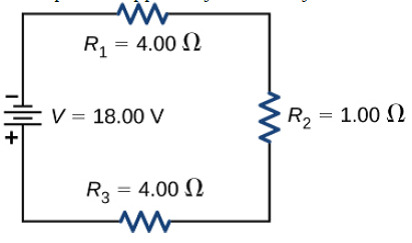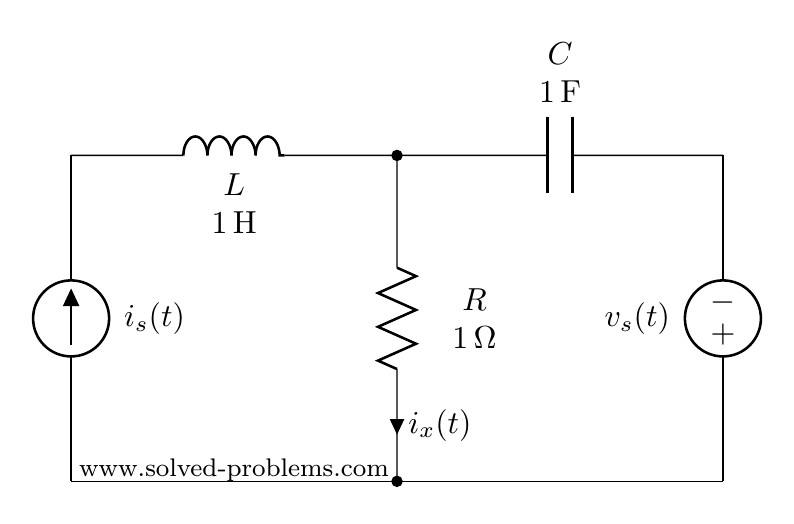In a parallel circuit containing two unequal resistors the voltage potential will be.
A electric circuit contains two unequal resistance in parallel.
The equivalent resistance is less than that of the smallest resistor.
Suppose you have three different types of resistors r 1 r 2 and r 3 and you connect them end to end.
Two unequal resistances are connected in parallel.
The percentage of the total voltage appearing across a 47 ohm resistor that makes up part of the total series resistance is.
In an ac circuit with a resistive branch and an inductive branch in parallel the.
The equivalent resistance is more than the largest resistance.
If an electric circuit was analogous to a water park then the positive terminal of the battery would be analogous to the.
When two or more resistors are individually connected between the same two separate points they are in parallel with each other.
Which one of the following statements is correct about this combination.
In a parallel combination of resistors the voltage or potential difference across each resistor is the same and is equal to the applied voltage i e.
Through the 6 resistor the current is 0 5 amps.
A parallel circuit provides more than one path for current.
V 1 v 2 v 3 v.
Voltage across the inductance leads the voltage across the resistance by 90 b.
Calculate the total resistance.
More than one electrical resistance can be connected either in series or in parallel in addition to that more than two resistances can also be connected in combination of series and parallel both.
A series circuit contains both a 6 and a 3 resistor.
Here we will discuss mainly about series and parallel combination.
If there are six resistors in series n 6 the total resistance formula will be.
One important point to remember about resistors in parallel is that the total circuit resistance r t of any two resistors connected together in parallel will always be less than the value of the smallest resistor in that combination.
R t 15kω where as the value of the smallest resistor is 22kω much higher.
Same at all points in a series circuit is.
In any circuit current is inversely proportional to.
Resistive branch current is 90 out of phase with the inductive branch current.
C voltage drop is same across both 2.
None of the other choices is correct.
Important results about parallel combination.
Each current path is called.
Resistive and inductive branch currents have the same phase.
You are given n identical wires each of resistance r.
Four unequal resistors are connected in a parallel with each other.
Two resistances r1 and r2 give combined resistance of 4 5 ohms when in series and 1 ohm when in parallel.
Current flowing through each resistor is inversely proportional to its resistances thus.
In our example above the value of the combination was calculated as.


